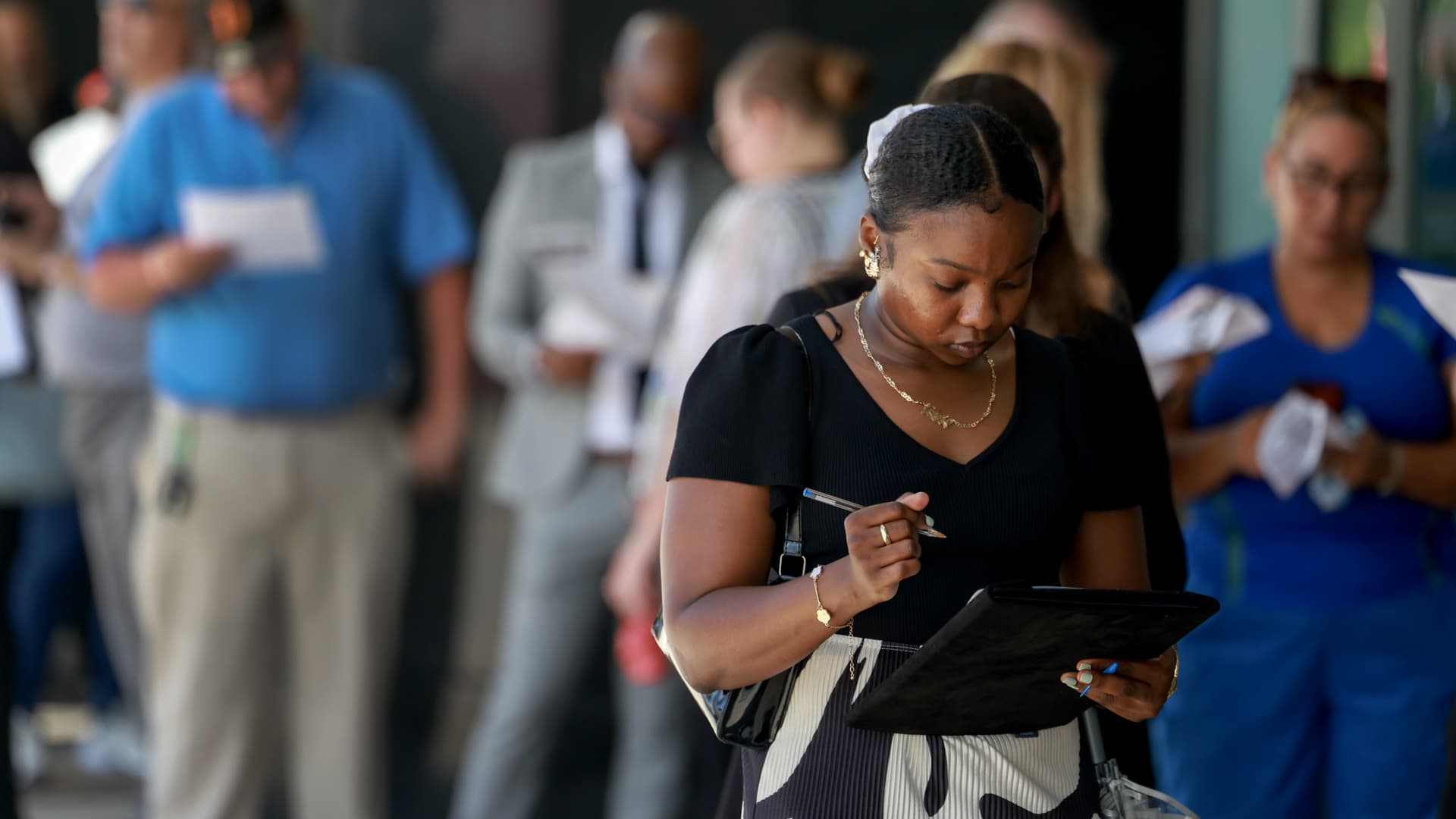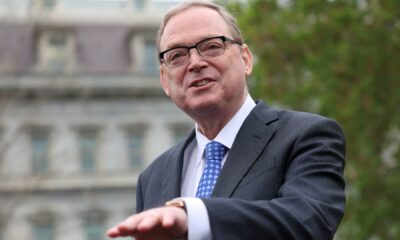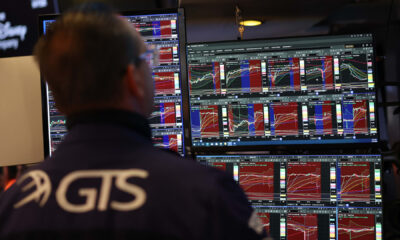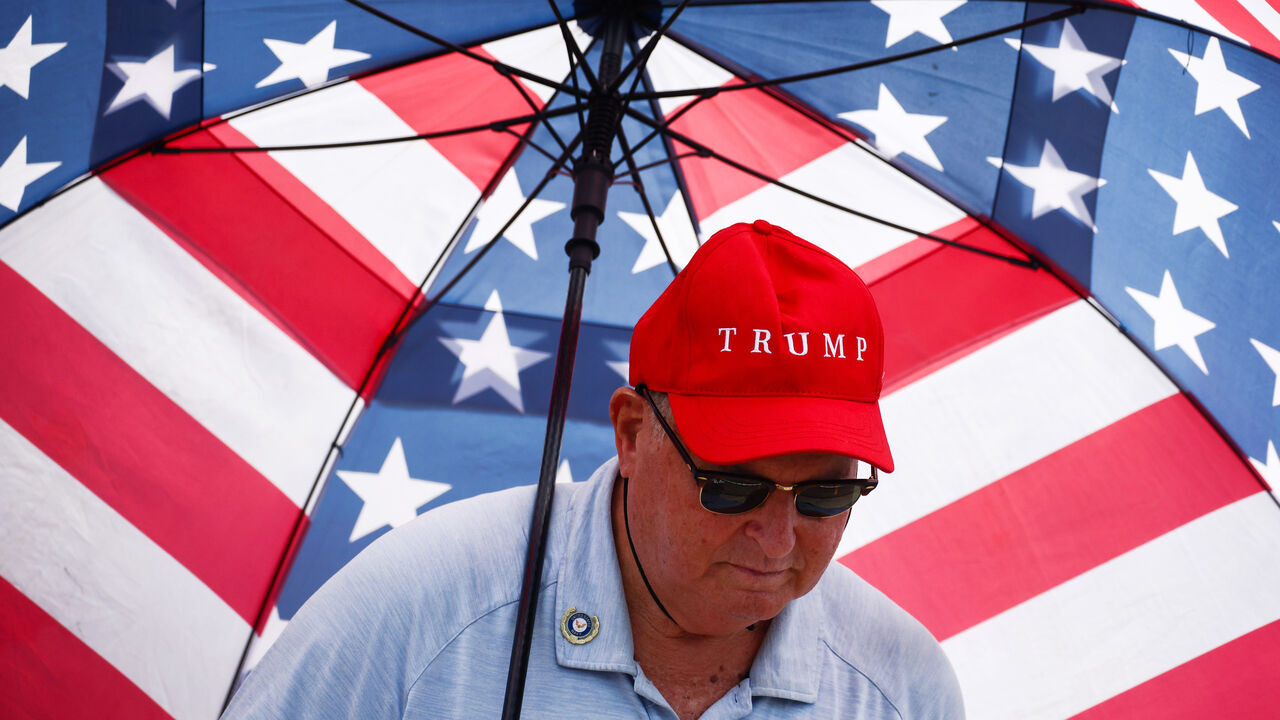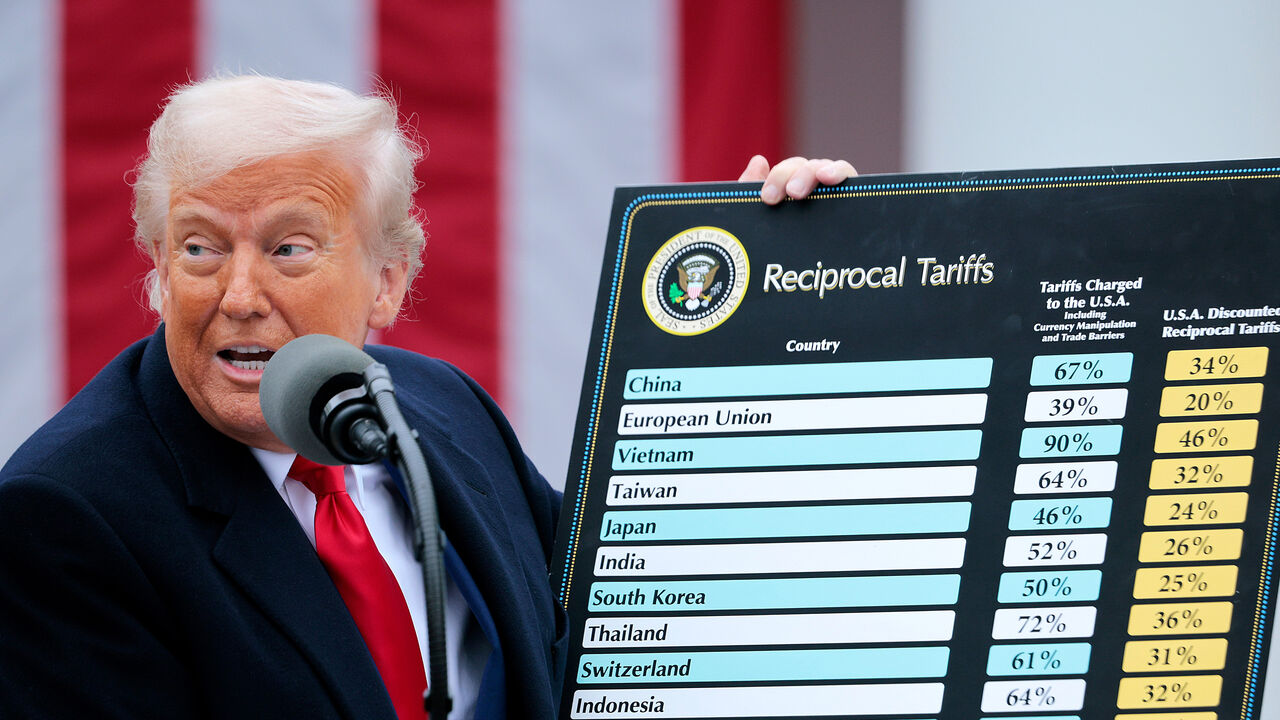People line up as they wait for the JobNewsUSA.com South Florida Job Fair to open at the Amerant Bank Arena on June 26, 2024, in Sunrise, Florida.
Joe Raedle | Getty Images
The U.S. labor market may have cooled some in July, as a gradual slowdown in the economy and Hurricane Beryl are expected to have taken some of the steam out of hiring.
Still, even if the Labor Department’s nonfarm payrolls report for July, to be released Friday at 8:30 a.m. ET, does indicate a weaker jobs picture, the decline is expected to be only incremental and in keeping with the type of gentle downshift the Federal Reserve is looking to engineer.
“If the Fed was going to manufacture the soft landing, this is probably what it was going to look like,” said Mike Reynolds, vice president of investment strategy at Glenmede. “You’re seeing just modest on-the-margin weakness in the labor market that [isn’t likely to] spiral out of control into a negative feedback loop.”
Indeed, the report from the department’s Bureau of Labor Statistics is forecast to show payroll gains of 185,000 on the month, down from 206,000 in June, with the unemployment rate holding at 4.1%, according to the Dow Jones consensus estimate. Job reports for the past year and a half have routinely beaten the consensus.
But some economists think the report could be on the light side; Goldman Sachs expects Beryl, which ravaged large parts of Texas, particularly Houston, to pull down the jobs number by 15,000. The firm thinks the total payroll gain will be more like 165,000. Citigroup projects an even lower number — 150,000 on payrolls and a tick higher in the unemployment rate to 4.2%.
Should the unemployment rate keep climbing, it could raise fears that the so-called Sahm Rule is in danger of being triggered. The rule has observed without fail that when the unemployment rate over a three-month period averages half a percentage point higher than the 12-month low, the economy is in recession. A year ago, the jobless level as at 3.5% before it started climbing.
Optimism at the Fed
Job gains have averaged 203,000 a month for the first half of 2024, while the unemployment rate has drifted higher as more workers have come into the labor force and the level of those considered unemployed but looking for work or temporarily laid off has hit its highest level since October 2021.
Fed Chair Jerome Powell on Wednesday noted that the previous disparity between supply and demand in the labor market has come into near-balance. Open jobs now outnumber available workers just 1.2 to 1, down from 2 to 1 a few years ago as inflation roared.
Should the factors continue to come into balance and other inflation indicators show progress, Powell strongly hinted that an interest rate cut could be coming in September.
“Our confidence is growing, because we’re getting good data,” he said at a news conference following the Fed’s policy meeting. “Frankly, the softening in the labor market conditions gives you more confidence that the economy’s not overheating.”
Markets will be watching Friday’s numbers for confirmation that Powell’s view on the labor market is accurate — and that the Fed isn’t overconfident and waiting too long to start lowering rates.
There has been a growing chorus on Wall Street for the Fed to start easing now that most indicators show that the inflation rate is only a short distance from the central bank’s 2% goal. DoubleLine CEO Jeffrey Gundlach, for instance, told CNBC on Wednesday that he thinks the economy already is teetering on recession.
“When we look back at today, …. I kind of believe that we will say that we were in recession in September 2024,” he said.
Eyes on earnings
The Fed at its meeting voted to hold its benchmark overnight borrowing rate in a range of 5.25%-5.5%, where it has been for the past year.
Markets rallied on the news but gave back those gains Thursday following news that unemployment claims rose last week and the manufacturing sector slumped further into contraction.
“By holding off on cutting interest rates today, the Federal Open Market Committee is betting the labor market is strong enough to wait until the fall for confirmation that inflation is returning to 2%,” said Nick Bunker, Indeed Hiring Lab’s economic research director for North America. “Let’s hope it pays off.”
As always, markets also will have eyes on the average hourly earnings portion of the report for signs of underlying inflation.
The forecast is that earnings rose 0.3% on the month and 3.7% from year ago. If the latter is correct, it will represent the lowest earnings increase since May 2021.
“Even if wage pressures were to unexpectedly remain ‘stuck’ or slightly re-accelerate in this report, we think that the progress the Fed has made on inflation thus far means that there should still be an opportunity for the Fed to cut rates in September so long as subsequent data releases (eg July CPI) cooperates,” said BeiChen Lin, investment strategist at Russell Investments.

 Accounting1 week ago
Accounting1 week ago
 Personal Finance1 week ago
Personal Finance1 week ago
 Accounting1 week ago
Accounting1 week ago
 Finance1 week ago
Finance1 week ago
 Economics1 week ago
Economics1 week ago
 Economics1 week ago
Economics1 week ago
 Economics1 week ago
Economics1 week ago
 Personal Finance1 week ago
Personal Finance1 week ago
